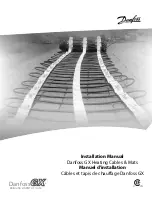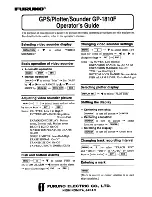
Page 13
Copyright © 2005 - ASR Electronics. All rights reserved.
A blob of fresh hot-melt glue can now be applied to
the tops of the standoffs and the buffer board set in
place. The connector pins have also been partially
inserted in the photo.
At this point if you’re not installing the Aux Input
switching board as well, skip over the next section
and proceed to the following one.
Auxiliary Input PCB:
There are two different connection schemes, depending on whether the input board is installed on its own,
or in conjunction with the output buffer board. The power switching is performed by the output buffer,
therefore in these installations the input derives switched 12V from the buffer board. If stand-alone, the
input board has a small additional “daughterboard” to perform the power switching. Look at the photos
below for a view of the completed installation in each case.
Again, pairs of colour coded wires are supplied for the signal connections – red/orange for the right channel,
and white/grey for the left. (at this point there is no front/rear, the fader function is applied further on in the
signal chain)
The capacitors C1528 and C1529 must be
removed from the base unit board and these wires
soldered in their place. (refer to the photo –
differences exist between standard and premium,
but they’re very close in this section) The leads of
the capacitors have been bent over slightly during
manufacture, and this makes them a little difficult
to remove – begin by working from the bottom of
the PCB, and using a small flat tip jeweller’s
screwdriver in conjunction with the iron melt the
solder on each joint and use the screwdriver tip to




































